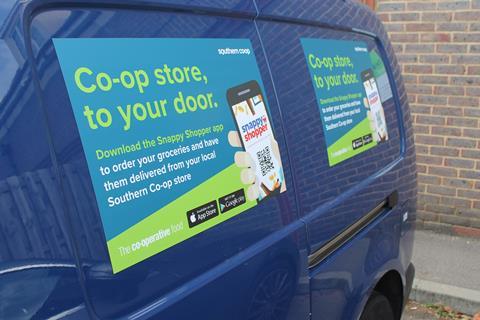
Getir, Gopuff and Gorillas were once seen as an existential threat to all but the most rural of convenience stores. However, the rapid rise of rapid grocers has been followed by a fast fall.
Investors have been spooked by excessive spending towards ‘hypergrowth’ and are now demanding a path to profitability. The market is consolidating, jobs are being cut, huge discounts used to secure fickle app users are drying up and the 15-minute delivery promises consigned to history.
So where does that leave c-stores?
“Many retailers felt threatened by the arrival of quick commerce, and the departure of quick commerce doesn’t make them feel any more secure,” says Daniel Calvert, chief growth officer at Snappy Shopper. “There was a lot of hype that’s gone away now. But what’s remained is an understanding and expectation from consumers for fast delivery.”
Delivery options are numerous for c-stores. Marketplace apps like Deliveroo and Uber Eats have been busy courting the channel for some years. These firms take care of delivery and have high brand recognition. But their percentage cut per order can be high, and coverage in less urban areas minimal.
“I advise retailers to not be distracted by ‘perceived big’, which actually harms store profitability and shopper perception of value,” says Greg Deacon, chief customer officer at convenience scan & go tech provider Jisp.
Newer entrants like Snappy Shopper offer an alternative: orders come through their app but are delivered by stores.
These partnerships can be prosperous, says Deacon. “It complements stores rather than conflicts.” The delivery option simply “provides your community with more reasons to shop from you”.
A 2022 ACS report found the average c-store basket spend was £7.27, whereas online average basket spend was £26, Snappy reports.
Snappy’s commission is “a large multiple lower” than big courier apps, Calvert says. And while it isn’t a household name, it plans to be, buoyed by a “seven-figure investment” late last year.
Ultimately, the consensus is c-stores should compete on delivery, regardless of the q-commerce landscape.
“‘Do it later, do I really need it, I’m busy focusing on other things’ – it’s the biggest Achilles heel of our channel,” says Deacon. “Just putting off something new because we’re not sure how to do it. Don’t allow it to be a case of the cost of in-action as your competitor will do it.”
Is convenience still enough in the cost of living crisis?
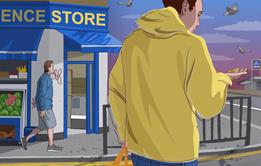
Convenience stores provided many people with a lifeline during Covid, but now face the challenge of persuading hard-up shoppers they’re more than a costlier alternative to Aldi
- 1
 Currently
reading
Currently
reading
Where does the q-commerce decline leave convenience stores?
- 3












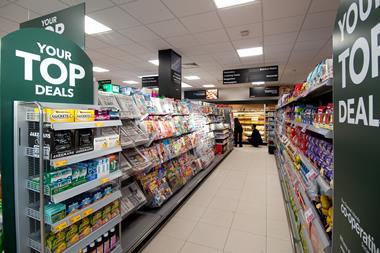
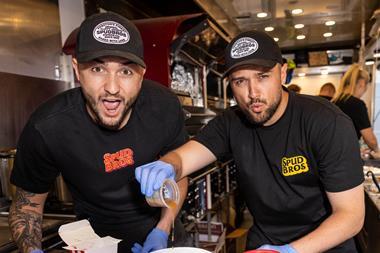

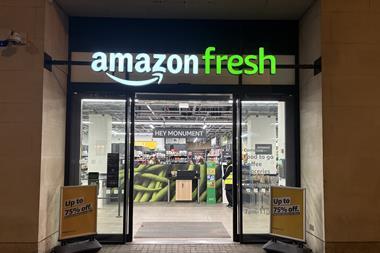
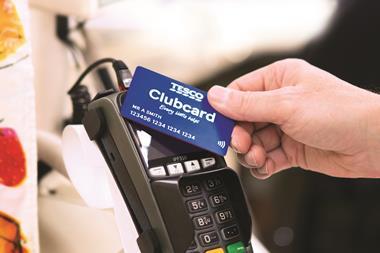







No comments yet